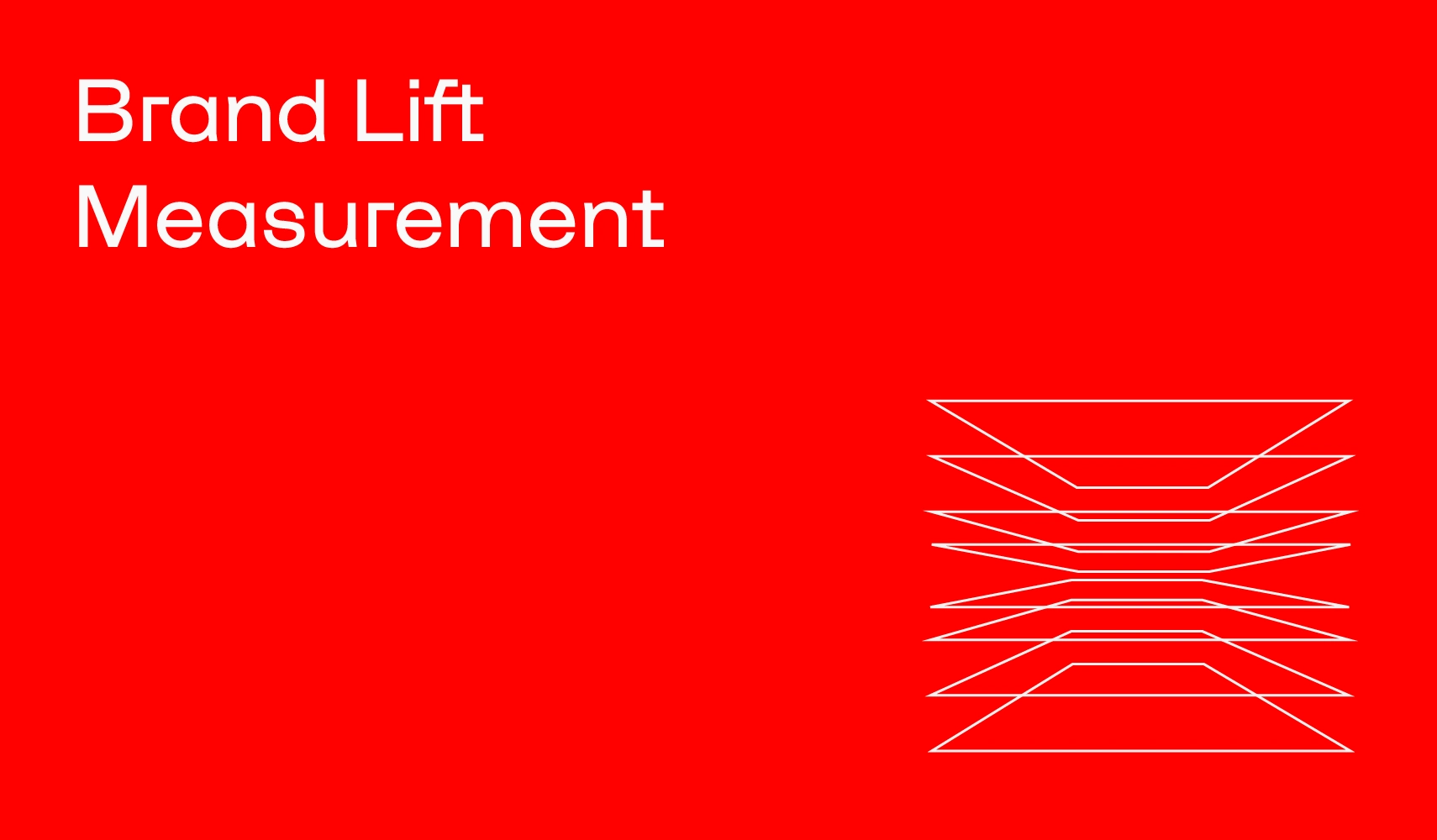Performance media has for many years been on the rise. Its measurability in digital media has made it a favorite investment among companies looking to create a directly measurable impact on revenue. But with growing privacy, increased security and more complex online customer journeys, it has become more difficult to track what ads lead to. read more about tracking and the future.
Instead, brands are in focus. Many advertisers are returning to more thoughtful marketing strategies after realizing that their focus on paid marketing may have decreased brand reach and relevance—important factors for future growth.
But shrewd business economists and managers will demand a business analysis for every dollar invested in branding. Here's how you can measure the impact of your brand marketing investments.
1. Direct impact on the company
Brands that have collectors first party data can feed customer data into media AI models to understand the impact on old and new customers that have been acquired. Over time, the advertising tools can match new and returning customers.
Tests also work well to find out the value of one's brand investments. Effective experiments in brand marketing often use custom targeting such as geo-matched markets, media exclusions, and audience exclusions. These methods allow marketers to isolate the effects of specific brand activities and directly measure their impact on different orientations.
- Geo-matched markets: These tests involve comparing similar geographic areas where one area is exposed to the brand campaign while another group of geographic areas serves as a control. This type of testing is valuable for measuring the impact of complex media plans across many publishers or partners, although it can be operationally challenging to execute.
- Audience holdout: Holdout testing is a way to isolate the impact of a specific marketing effort and get a measure of return (ROI). By having a control group, you can exclude external factors that may have influenced the result. The method is often used in email campaigns, advertising and website optimization to test different variations and see which one performs best against the control group. Holdout tests are an important tool for data-driven marketing and continuous optimization of efforts.
- Quantifying impact across the funnel: Here the goal is to understand the direct effect of what influence targeted campaigns can have. For example, a successful campaign to increase awareness for a brand can also result in more brand searches on Google or increased target group lists to use in remarketing. This allows companies to measure the results of different marketing efforts throughout the marketing funnel.
2. Brand Lift
Studies about brand impact remains a central solution for measuring the impact of brand marketing. These surveys measure the intangible effects of your marketing efforts, such as changes in consumer awareness, perception and intent.
Comprehensive and independent studies on brand lift are invaluable because they provide direct insights into how branding campaigns influence consumer attitudes and behaviors, and how these effects vary across channels, formats and audiences. Depending on the brand's goals and prioritized KPIs, a study can focus on the following metrics:
Dimensions of brand lift measurement
-
- Awareness:
Awareness measures the extent to which potential customers are familiar with a brand or a specific campaign. Increased awareness is often the first indicator of a successful brand campaign, as it is a necessary change for subsequent audience engagement and conversion. Marketers can evaluate the effectiveness of their reach and message penetration by measuring top-of-mind and unsolicited brand awareness before and after a campaign.
-
Perception:
Changes in how consumers perceive a brand – whether in terms of quality, value or relevance – can significantly affect consumer decision-making. Brand lift studies measure changes in perception by analyzing consumer sentiment before and after a campaign. This understanding helps marketers adjust their message to align with consumer needs and values, ensuring differentiation from competitors. -
Consideration:
Predominance measures the likelihood that a consumer will choose a brand when making a purchase decision. An increase in consideration is a strong indicator that a campaign has successfully moved consumers along the funnel from awareness to potential purchase. This metric is critical to evaluating the effectiveness of campaigns in converting interest into intent. -
Purchase intent:
This measure assesses the degree to which consumers prefer a brand over its competitors or actually intend to buy from the brand. Increasing brand preference is often a primary goal of brand campaigns, as it directly correlates with future sales and brand loyalty. Studies of brand lifting can provide insights into brand positioning and the emotional resonance of the campaign.Cost-effective alternatives
For brands where third-party studies may be too costly, most platforms and publishers offer brand lift features, often included as an added value at a minimal investment level.
- Search share: A measure of how often a brand is searched in relation to the overall industry or category. It is a strong leading indicator of brand relevance. According to research by Les Binet and other industry groups, this metric is predictive of subsequent changes in market share. By monitoring search trends, changes in consumer search behavior and brand "health" can be identified early on, giving marketers a proactive tool to quickly plan and adjust campaigns.
- Website Traffic: Increased website traffic, especially from new users, can indicate successful brand marketing. It reflects higher awareness and interest in the brand, which can be linked to various activities. By analyzing the sources of traffic and user behavior on the site, you gain deeper insights into which aspects of the campaign drive action.
- Social engagement: Metrics like likes, shares and comments on social media can provide insights into how the brand has evolved over time and how particular campaigns are performing. An increase in the number of followers is also a signal that indicates how popular a brand is.
- Awareness:

Test and learn to drive brand impact
Brands have worked for years to draw conclusions and integrate a culture of "Test and Learn" - to be able to continuously improve their performance channels. Experimentation is critical to refining the long-term strategic investment of branding content.
Testing tools include emerging publishers/channels, audience targeting, visual optimization and new ad formats that leverage dynamic creative and more. By continuously testing and learning, brands can adapt their strategies to changing consumer behaviors and market conditions, ensuring their brand remains relevant.
Implementation of brand analysis
The key to successful experiments and A/B testing lies in continuously testing, analyzing and measuring the results. By implementing a proper cycle of brand analysis throughout the funnel, investors can be more confident that they are getting more for every penny they invest. At the same time, the company's marketing department can provide important information about consumers that helps all departments in how to deal with their customers.
Brand Marketing ROI: A Better Understanding of Your Efforts
As brands allocate media budgets toward top-of-funnel initiatives, it's important to understand the full spectrum and its impact — direct business results, brand lift and early indicators. These measurement strategies offer a comprehensive view that combines corporate responsibility and brand growth, ensuring that investments resonate with consumer behavior, contribute to increased growth while maintaining brand tone throughout the customer journey.
Want help implementing brand marketing measurement?




